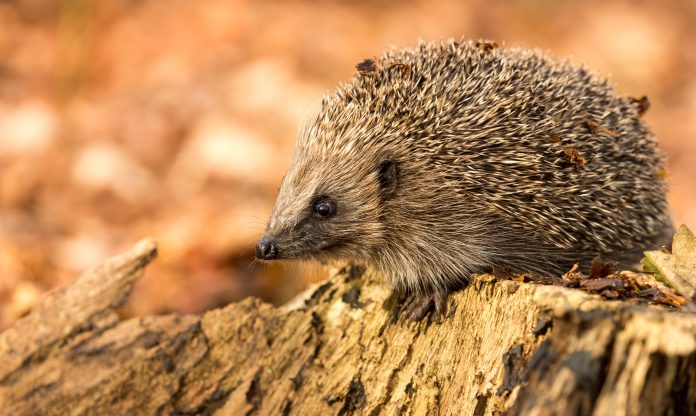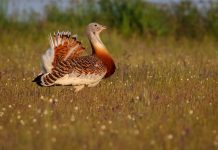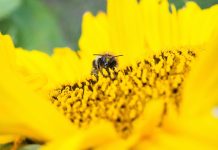The British Hedgehog Preservation Society (BHPS) recently announced that Hedgehogs have now been classed as ‘vulnerable to extinction’ as their habitats continue to decline
The inclusion of the hedgehog in the International Union for the Conservation of Nature’s (IUCN) Red List for British Mammals does not come as a surprise as hedgehog numbers have been on the decline for years.
According to the latest State of Britain’s hedgehogs report, hedgehog numbers have fallen by up to 30% in urban areas and 50% in rural areas since the turn of the century. There are multiple reasons for this decline.
Reasons for declines in hedgehog numbers
One reason hedgehogs are now classed as vulnerable to extinction is due to loss of nesting and foraging habitat. This has been caused by urban development and hedgerow removal, reducing the carrying capacity of the landscape. Hedgehogs can often struggle to find a place to breed and hibernate, and to find enough food to survive.
A lack of connectivity through hedgerows and fencing can often result in limited movement and isolated hedgehog populations. This can have genetic effects, and eventually the populations may become unviable and locally extinct.
Around 335,000 hedgehogs are estimated to die on British roads annually. Habitat modelling suggests that 9% of Britain’s road network is classed as dangerous for hedgehogs. Roads also further fragment the landscape and can reduce hedgehog density by 30%.
However, the recognition of the vulnerable to extinction status of the hedgehog can be seen as an opportunity. It will give greater reason to protect the habitats that the hedgehog needs to thrive, and it will increase the awareness of the importance of connecting those habitats.
Hedgehog Street
The campaign, Hedgehog Street, run by the British Hedgehog Prevention Society in partnership with People’s Trust for Endangered Species works with people across the UK to encourage wildlife in their gardens. They are also encouraging people to connect their gardens to their neighbours with small 13cm square holes.
Fay Vass, CEO of the BHPS said: “The holes made in fences, the feeding, the hedgehog houses, the wildlife friendly planting, the removal of hazards – all makes such a difference locally.”
“But it is not enough to rely on the good will of individuals to protect this important creature. We need government to enforce wildlife friendly practices. From farming to development to transport – wildlife needs to be taken seriously.”
In the light of the ‘vulnerable to extinction’ classification, the BHPS has called on the government to increase the protection offered to the hedgehog under the Wildlife and Countryside Act by moving it to schedule 5, allowing the level of protection appropriate for such a keystone species in decline.
Editor's Recommended Articles
-
Must Read >> Eight conservation success stories of 2020















